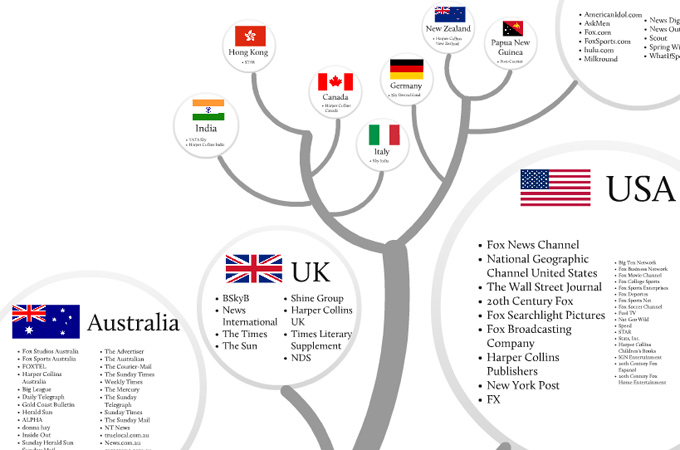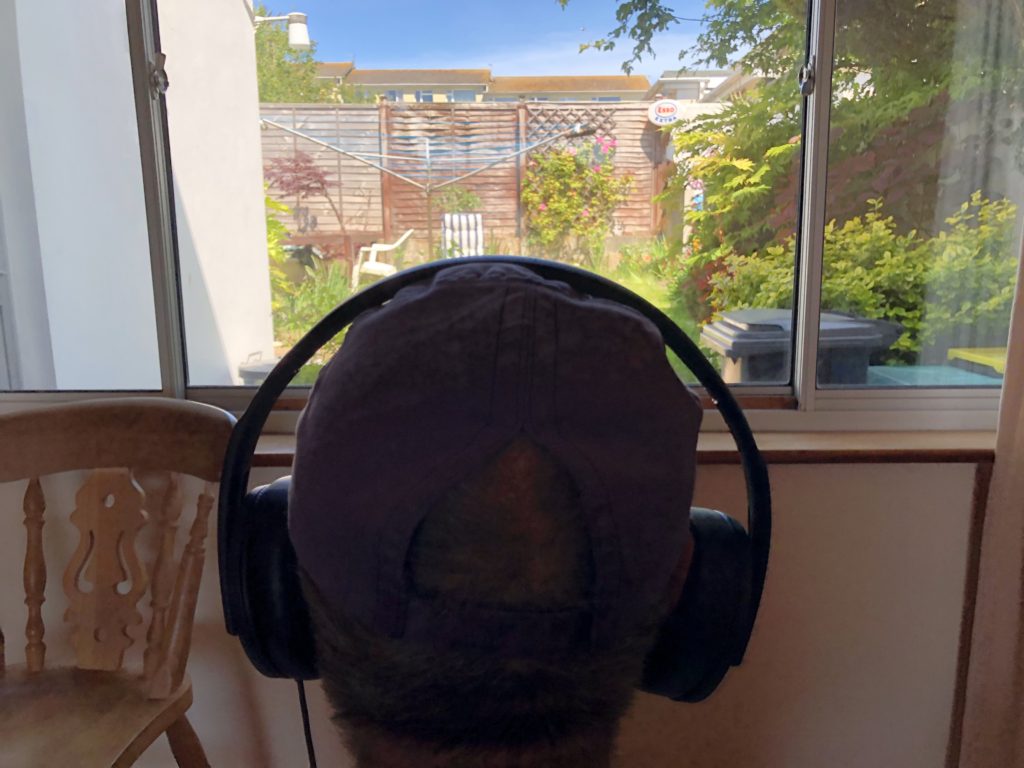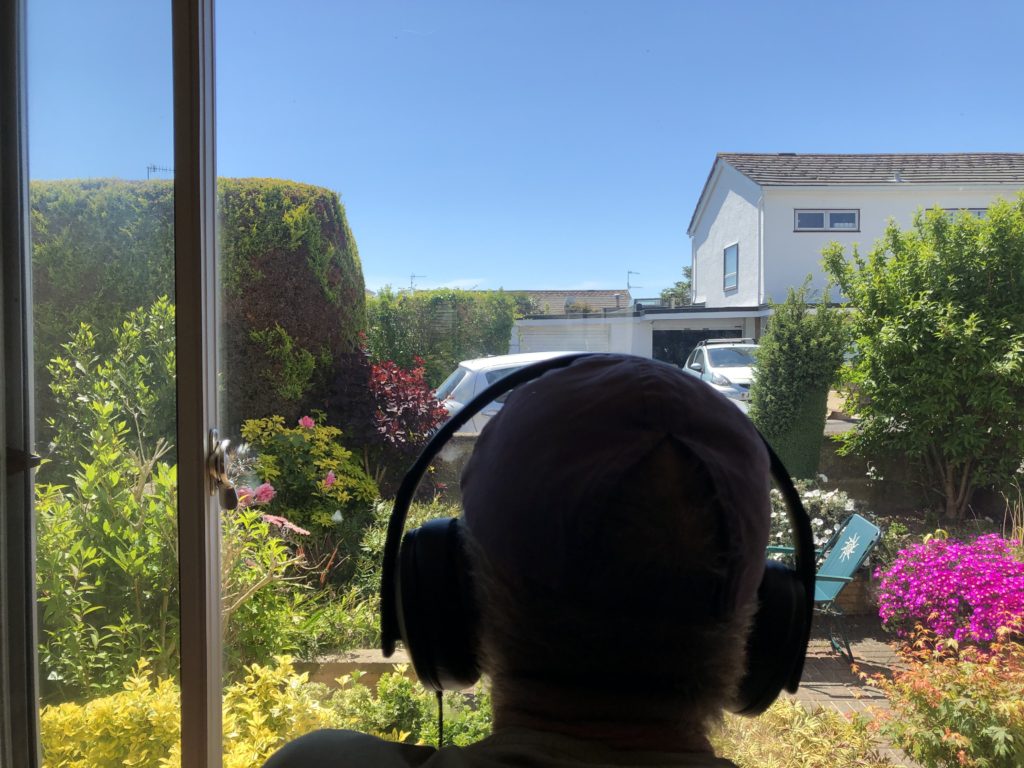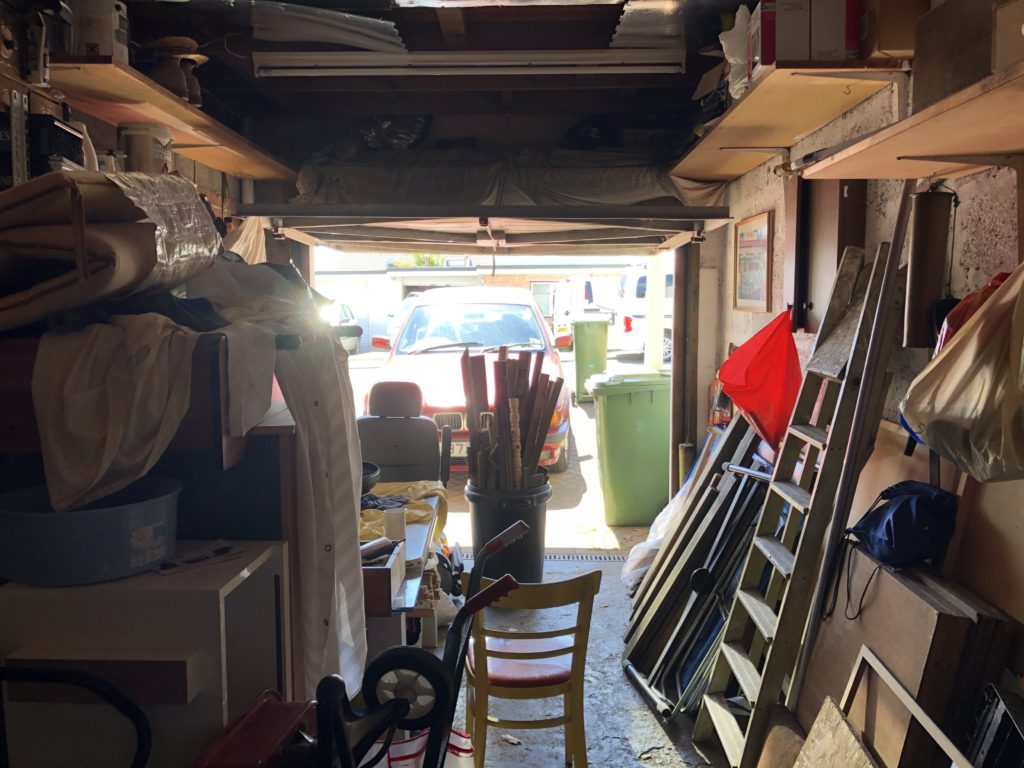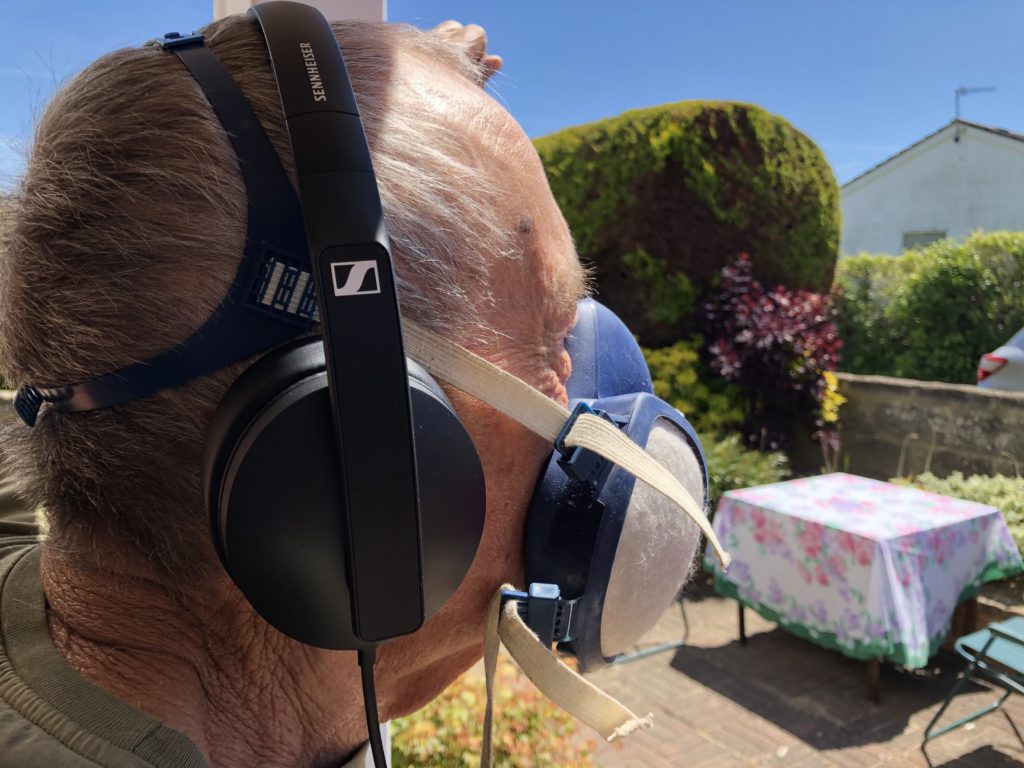Identity and representation looked at through the lens of Empire and Colonialism.
postcolonial criticism challenges the assumption of a universal claim towards what constitutes ‘good reading’ and ‘good literature’; questioning the notion of a recognised and overarching canon of important cultural texts – book, poems, plays, films etc – much of which is institutionalised into academic syllabi.
ORIENTALISM:
The Link between culture, imperial power & colonialism.
“the power to narrate, or to block other narratives from forming or emerging, is very important to culture and imperialism” – Edward Said Culture and Imperialism, 1993: xiii
‘In this view, the outlying regions of the world have no life, history or culture to speak of, no independence or integrity worth representing without the West.‘ (Said, 1993: xxi).Orientalism (1978) alongside Culture and Imperialism (1993) are key texts written by the respected academic Edward Said. He asked if ‘imperialism was principally economic‘ and looked to answer that question by highlighting ‘the privileged role of culture in the modern imperial experience’ (1997:3)
The mode is characterised by ‘the desire to contain the intangibilities of the East within a western lucidity, but this gesture of appropriation only partially conceals the obsessive fear.’ (Suleri, 1987:255)
Similarly, ‘the East becomes the repository or projection of those aspects of themselves which Westerners do not choose to acknowledge (cruelty, sensuality, decadence, laziness and so on). At the same time, and paradoxically, the East is seen as a fascinating realm of the exotic, the mystical and the seductive.’ (Barry, 2017:195)
Overall, POSTCOLONIALISM operates a series of signs maintaining the European-Atlantic power over the Orient by creating ‘an accepted grid for filtering through the Orient into Western consciousness‘. (Said, 1978:238). Or as Paul Gilroy puts it, ‘a civilising mission that had to conceal its own systematic brutality in order to be effective and attractive’ (2004:8)
Edward Said presents the idea that the West and East are shown in duality which builds a systemic worldview that justifies Western power over the East – Culture enforced by those in power influence people’s ideas, often subtly of what non-western people are like. usually the orient is distanced from the west and portrayed as the “other”
Often discussed by contempoary philosopher Slavoj Zizek, the recognition of the ‘Other’ is mainly attributed the French philosopher and psychoanalyst Jacques Lacan. A good way to develop an understanding of this term is in his exploration of the mirror stage of child development, whereby, as we cannot actually see ourselves as whole, we use a reflection to understand who we are / who we are not. Lacan proposed that in infancy this first recognition occurs when we see ourselves in a mirror. Applying that theory to culture, communications and media studies, it is possible to see why we are so obsessed with reading magazines, listening to music, watching films, videos and television because, essentially, we are exploring ‘The Other’ as a way of exploring ourselves. This also describes how without representation of people’s identities in media there can be a problem of under representation.
To link this to postcolonialism would be to suggest that the West uses the East / the Orient / the ‘Other’, to identify and construct itself. How it sees itself as the ‘West’ as opposed to . . . in other words, it acts as The Other, a mirror by which a reflection of the self can be measured out and examined.
“all ideology hails or interpellates concrete individuals as concrete subjects, through the functioning of the category of the subject” – Louis Althusser (1971:190)
Edward Said wrote about the orient being framed from a western perspective which links to Lacan’s theory by proposing that the West has framed the east through their perspective without representation from the east themselves.
Ideological state apparatus (ISA), is a theoretical concept developed by (Algerian born) French philosopher Louis Althusser which is used to describe the way in which structures of civic society – education, culture, the arts, the family, religion, bureaucracy, administration etc serve to structure the ideological perspectives of society, which in turn form our individual subject identity. According to Althusser, ‘the category of the subject . . . is the category constitutive of all ideology’ (214:188). In other words, we are socially constructed and what socially constructs us is ‘despite its diversity and contradictions . . . the ruling ideology, which is the ideology of ‘the ruling class’,’ (2014:245)
Althusser noted that individuals often believe that they are ‘outside ideology’ and suggested the notion of ‘interpellation‘ as a way to recognise the formation of ideology. In that ideology ‘acts’ or ‘functions’ in such a way as to recruit subjects among individuals. In other words, the way in which society calls / addresses / hails you is interpellation, which is the way in which your subject identity is formed and which, more often than not, corresponds to the dominant ideology.
In other words, what we have in this section of The Wretched of the Earth is a black man living in France, articulating the way he was constructed as ‘other’ specifically through the way he was hailed, called, perceived and understood i.e. interpellated by other ‘subjects’ of France, who clearly saw him through the lens of Empire – racial stereotyping, derogatory abuse – as acceptable social interaction.
As an early critical thinker of postcolonialism, Frantz Fanon took an active role, proposing the first step required for ‘colonialised’ people to reclaim their own past by finding a voice and an identity. The second, is to begin to erode the colonialist ideology by which that past had been devalued. (Barry, 2017:195). In the chapter ‘On National Culture’ (pp;168-178). Fanon presents three phases of action ‘which traces the work of native writers’:
- Assimilation of colonial culture corresponding to the ‘mother country’ Chinua Achebe talks of the colonial writer as a ‘somewhat unfinished European who with patience guidance will grow up one day and write like every other European.’ (1988:46)
- Immersion into an ‘authentic’ culture ‘brought up out of the depths of his memory; old legends will be reinterpreted’
- Fighting, revolutionary, national literature, ‘the mouthpiece of a new reality in action’.
‘It is well known that Alhussser drew part of his inspiration from Gramsci’ (Althusser, 2016: xxiv) the way in which class relations and subject is ‘exercised through a whole set of institutions . . . the place where encounters between private individuals occur.’ (ibid)
However, Gramsci suggests that power relations can be understood as a hegemonic struggle through culture. In other words, Gramsci raises the concept of Hegemony to illustrate how certain cultural forms predominate over others, which means that certain ideas are more influential than others, usually in line with the dominant ideas, the dominant groups and their corresponding dominant interests. In terms of postcolonialism Said, notes how ‘consent is gained and continuously consolidated for the distant rule of native people and territories’ (1993:59).
However, this form of cultural leadership is a process of (cultural) negotiation where consent is gained through persuasion, inculcation and acceptance. Where dominant ideas, attitudes and beliefs (= ideology) are slowly, subtly woven into our very being, so that they become ‘common sense’, a ‘normal’, ‘sensible’, obvious’ way of comprehending and acting in the world.
Paul Gilroy is insistent that ‘we must become interested in how the literary and cultural as well as governmental dynamics of the country have responded to that process of change and what it can tell us about the place of racism in contemporary political culture.’ (2004:13) His theme of Double Consciousness, derived from W. E. B. Dubois, involves ‘Black Atlantic’ striving to be both European and Black through their relationship to the land of their birth and their ethnic political constituency.
Double Consciousness is the idea that minorities have to embody two identities of their colonisers and the colonised. ‘cross-cultural’ interactions is indeed a characteristic of postcolonial criticism. Often found by foregrounding questions of cultural difference and diversity, as well as by celebrating ‘hybridity’, ‘ambiguity’ and ‘cultural polyvalency’. A unique position where ‘individuals may simultaneously belong to more than one culture – the coloniser and the colonised’. (2016:198) Even Fanon suggests an emphasis on identity as ‘doubled, or ‘hybrid’, or ‘unstable’.
